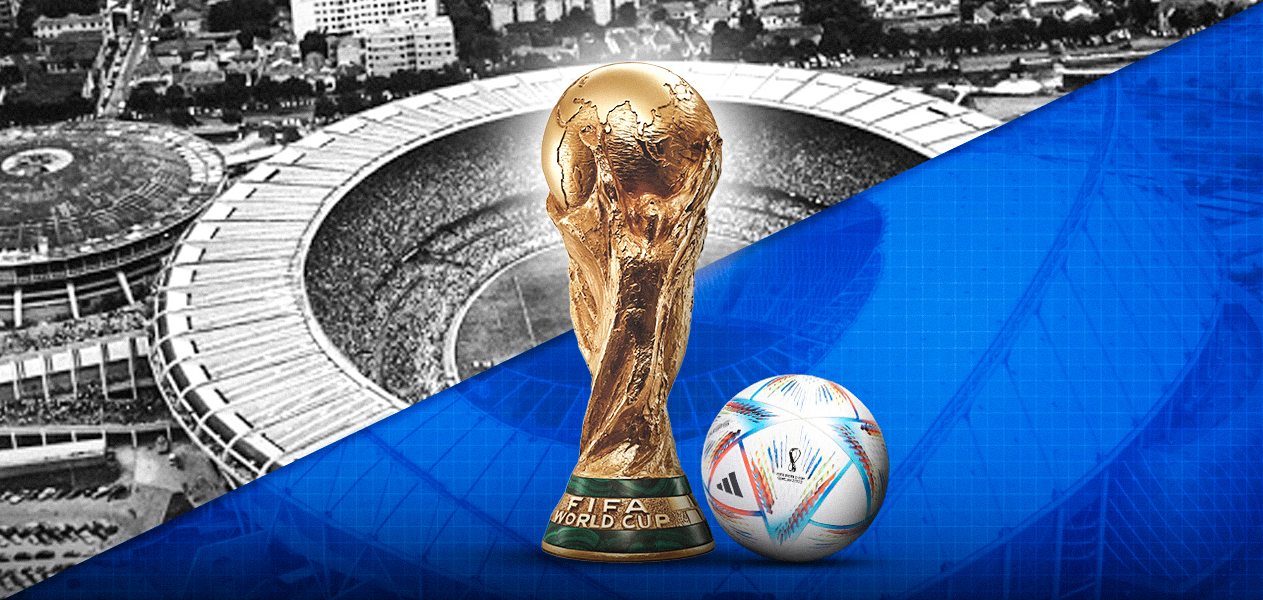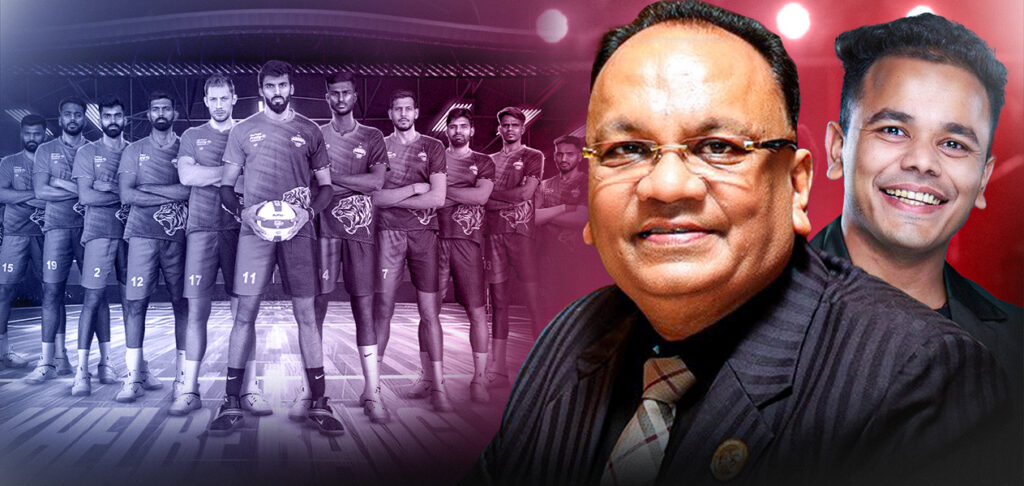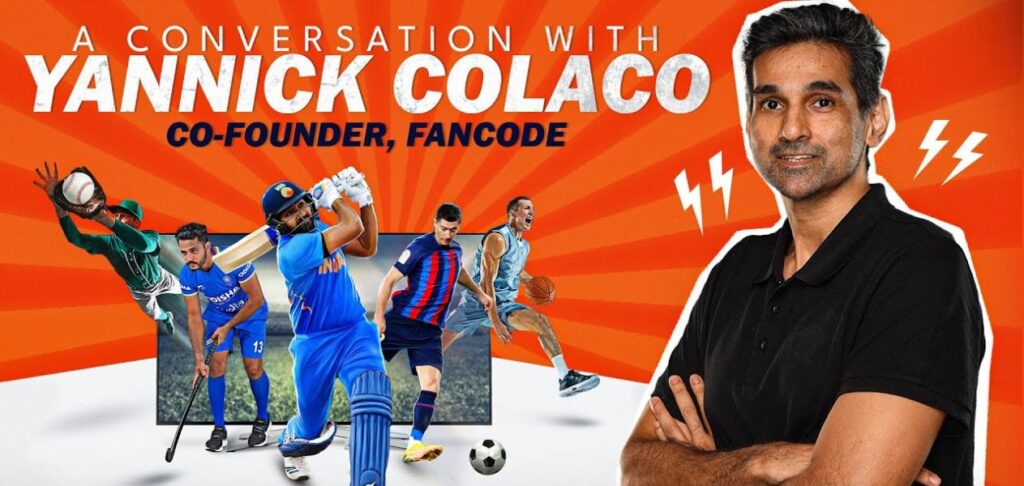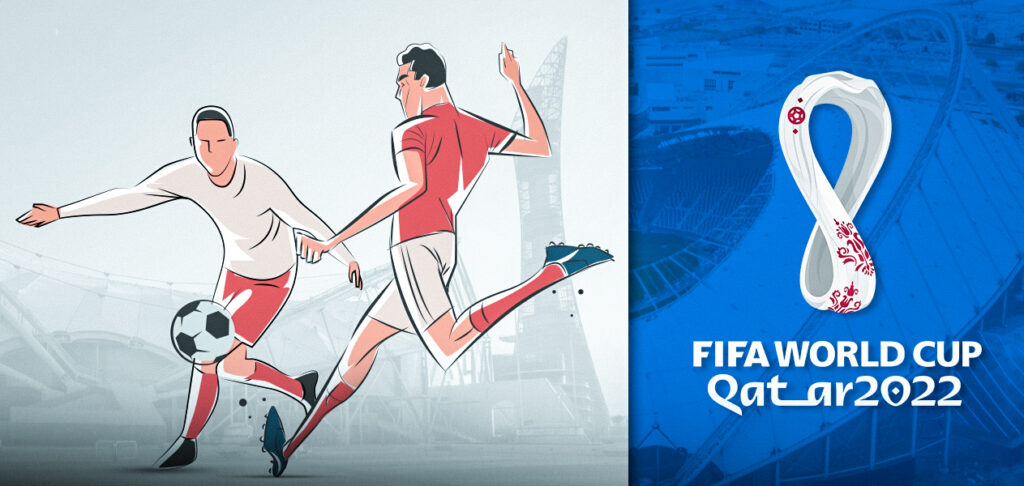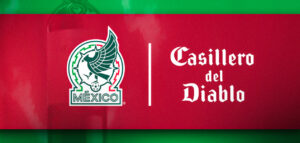While Italy’s failure to qualify for the men’s FIFA World Cup in two consecutive editions is certainly a blot in the country’s football history and is considered a massive national disaster, it is a lesser known fact that, not too long ago, the game wasn’t even considered a part of the Italian culture.
Strange as it sounds in 2022, the early 1900s were a time of identity discovery for Italy, which led to fascism thriving and using football later on.
Early in the 1900s, sport was barely a priority in Italy, whose society was estranged from itself, and while the working class toiled under the burden of backbreaking labour, only the aristocrats could remotely take any interest in sport. As a result, the permeation of sport into mass society was slower. Italy had been the land of invasions for many centuries and unified only in 1861, so it is only natural for a young country to be in search of a new identity.
Also Read – Qatar World Cup, Orientalism and the West’s worst fears
Italy entered the First World War in a rather divided state. A minority nationalist section of the country held anti-war protests and a majority of the country’s population was against the idea of indulging in war. As history shows, Italy did enter WWI, but it did so with a peasant class that had to fight in poor conditions. While the popular representation was that of resistance, there was no common language bounding the Italians together: the country was only bound together by a landmass back then, and Italian was far from the only language spoken by the inhabitants of the nation. Local dialects were the norm, and as a result, communication between officers and soldiers was barely effective during the War.
If this paints the picture of Italy being a nation that was lacking unity, it is pretty much what it was. At that point, it needed a common uniting factor that had been lacking; Italy had always been the land of conquests.
While the usage of football as a national emblem only peaked in 1934, the acceptance of the game was slow even when the Fascist Party came into power in 1922. For many Fascists, football was still an English game, and while a game called volata was promoted, it never captured the imagination of Italians in the same way football did as it entertained the masses pre-WW1.
The foundations of the game’s following were present. The Fascists only had to take it forward.
Over time, after coming into power, the Fascist Party realised the need to make Italian citizens more physically fit and needed something to rally behind in an attempt to do just that. A lot of the awareness had come into light after the struggles in WWI, but the Fascist Party wanted to undo the negative changes that the previous liberal rule had brought about. As history has shown, control over mass media and mass culture by the right-wing government is a key facet of fascism, and the same followed in Italy as the government controlled the footballing structures by the mid 1920s.
Also Read – Can we really afford to focus only on football during the Qatar World Cup?
Thus, calcio was born, as the Fascist rule wanted to establish a new name for Italian football in an attempt to separate it from the Britishness associated with the term “football”. The term “calcio” has stuck around ever since.
In 1926, football was professionalised through a charter called Carta di Viareggio. This laid the framework for Italy hosting the World Cup in 1934 and using it as a means of establishing a brand name for itself in a growing footballing environment. Benito Mussolini’s rise to prominence saw football being used as propaganda for the government, thereby solidifying a relationship between the ruler and the game which continues to have an influence in modern-day Italian football.
Only 16 teams took part in the World Cup of 1934, and while the Fascist regime wasn’t too concerned about who would take part in the tournament, they only cared about Italy winning it and showcasing football as a global emblem for the country’s image. Rumours back then had spoken about threats and illegal payments made by the Fascist party.
England, arguably the strongest team in the world back then, didn’t take part in the tournament due to their persistent issues with FIFA. Uruguay, who were one of the more dominant sides in South America and in the world, withdrew due to their own problems with FIFA regarding European representation at the 1930 World Cup. While this opened up Italy’s chances of winning the tournament, the fact that the last team to qualify played a qualifier only three days before the start of the World Cup says it all about what the Azzurri truly cared about.
In an attempt to promote the new-found Italian culture and Fascist ideas, eight games were played at the same time in different cities of the country. New stadia had been built across Italy since the 1926 charter, and this was the perfect time for the Fascist Party to flex its muscles to a global audience. One of Mussolini’s other reasons for having all eight games at once was to show everyone that Italy could truly pull it off under his government.
Images of Fascist salutes were put up across the country, as attempts were made to make sure that the World Cup became more about the ruling party than about the game itself — a pattern that has been followed by many countries since then.
It isn’t to say that Italy’s national team were poor by any means. Vittorio Pozzo has gone down as one of the greatest Italian managers ever, as his Gli Azzurri side played with a technical verve that was rare to see in Italy a decade before 1934. His team displayed pragmatism, but combined it with technical prowess when it was needed, something which perhaps had roots in Pozzo’s footballing education in England.
Gli Azzurri beat the United States by a 7-1 margin in the first round, and, despite a stiff challenge against Spain that took place over two games, they came through. The Argentine-origin footballers had starred in the tournament for Italy, and one of them—Enrico Guaita—helped them beat Austria in the semi-finals. While the goal was a shady one, it was another Argentine-origin star in Raimondo Orsi who had equalised in the final against Czechoslovakia. The legendary Giuseppe Meazza was involved in the winning goal as he set up Angelo Schiavio in extra time to help Italy win the tournament.
Many decades on today, the representation of the Italian national team during the 1934 World Cup is striking. In photographs, the Azzurri players are portrayed to be much leaner and cleaner than a lot of other teams from that tournament and those from the World Cups of that era. The poster of the 1934 World Cup, apart from being in Italian, uses the word “calcio” instead of “football”. There is little portrayal of the fact that the team had a fair few players of pure Argentine origin as well. Neither has it been ever truly mentioned that two of the world’s best football teams at the time were not even part of the tournament. Perhaps, that is how subtle the idea of sportswashing is and how cleverly it works.
With the Qatar World Cup fast approaching, it is important to look back on the 1934 FIFA World Cup as an example of how things could turn out to be in 2022. It can provide everyone with lessons as to how a nation’s image can be rectified and changed pretty much in the span of a few weeks. And apart from being a lesson for this year, it could also prove to be an indicator of the direction the game takes in the next few decades.

